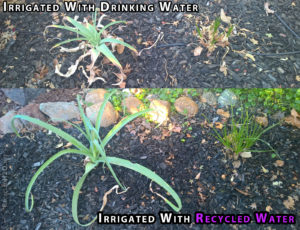 Like many of you, I tore out my lawn and put in a California drought friendly garden. Complete with drip irrigation, mulch and drought tolerant plants. Even with this landscape change, I still haul recycled water. As I’ve said many of times before, I do it because its the right thing to do.
Like many of you, I tore out my lawn and put in a California drought friendly garden. Complete with drip irrigation, mulch and drought tolerant plants. Even with this landscape change, I still haul recycled water. As I’ve said many of times before, I do it because its the right thing to do.
Even though the plants don’t need much water, I still irrigate with drinking water through the drip system twice a week for a few minutes each time. On days when I bring recycled water home, I get to choose which plants get it and which don’t, this has allowed me to perform a test and the results are key to unlocking your gardens full potential.
There are many different flowering plants in my garden, but there are two I want to focus on. Crinum (Cry-num) and Bulbinella (bulb-in-nell-uh).
Native to South Africa, Crinum grows during the summer months, and Bulbinella in the winter months. I can talk about them now because it’s nearly the end of September (fall) and Crinum should be nearing its end of the summer growing season and the Bulbinella is coming out of dormancy as it prepares for winter growth.
In my test, two of each type of plant are placed in order left to right like this: Crinum, Bulbinella, Crinum, Bulbinella. The first two are watered with drinking water via drip irrigation, the second two are watered with recycled water via overhead spray irrigation whenever I bring a load home. The amount of sunlight received is the same each day and the soil for all four plants is the same as well. What kind of differences are there? See for yourself.
Watered with Drinking Water via Drip Irrigation
The Crinum you’ll notice has leaves that are turning brown and shriveling up. Soil moisture under the plant is the same as under the one watered with recycled water. The size of the plant is small, as are its leaves.
The Bulbinella sprouted at the same time as the one irrigated with recycled water, but its growth is just very slow. Again, moisture level beneath the wood chips is the same compared to the other one. I used my finger stuck into the ground to determine this. 🙂
Watered with Recycled Water via Overhead Spray Irrigation
The Crinum is vastly larger nearly three times as big. When comparing height and leaf length, the difference is noticeable. Also, worth noting, the leaves are just as plentiful, but the extent of browning is much less.
On the Bulbinella, growth again is three times as much. Perhaps a chart would be a better explanation.
| Plant Name | Irrigated with Drinking Water | Irrigated with Recycled Water |
| Crinum | 4″ tall 6″ leaves |
12″ tall 18″ leaves |
| Bulbinella | 4″ tall | 12″ tall |
What have we learned?
Recycled water will allow your garden to grow bigger and faster. Is it something in the water?
In our test, these two plants can withstand the salts in recycled water and should continue to receive it as its watering source. Drinking water on the other hand should be saved for consumption by humans and pets and not for growing plants in the yard. Interested in which plants love recycled water and which don’t? Check out our guide!
Still Skeptical?
Check out what they’re doing in Egypt, planting pine tree’s in the desert and watering with recycled water. Tree’s grow four times as fast. Our test results at three times as fast is very telling.
Unlock your gardens growing potential, irrigate with recycled water.
Click here to find a recycled water fill station near you.

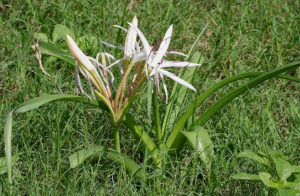
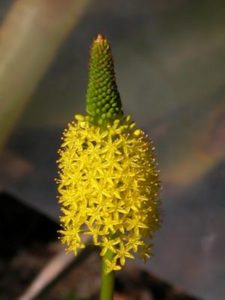
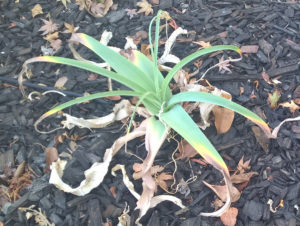
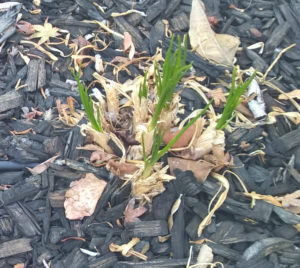
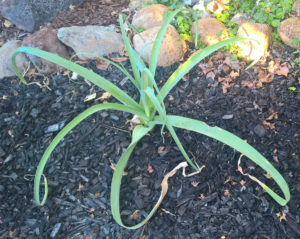
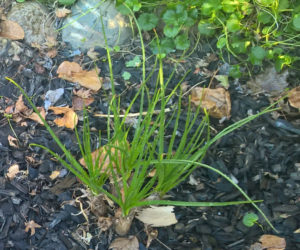


0 Comments
1 Pingback